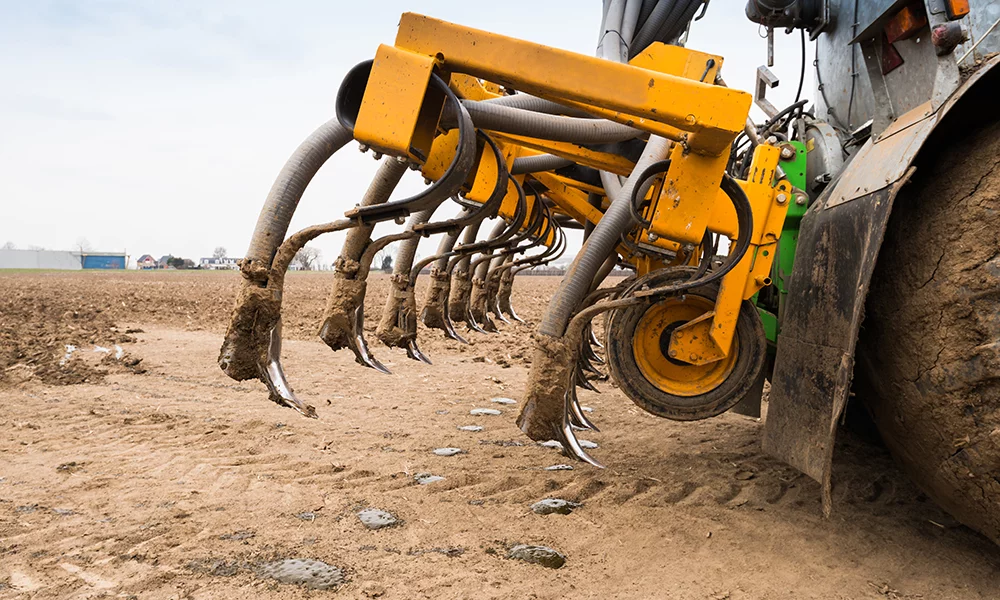Could the RPA’s New Scheme Affect Your Slurry Storage?

A new scheme proposed by the Rural Payments Authority is set to introduce a treatment scheme that aims to reduce ammonia emissions from slurry based systems. While the scheme hasn’t been fully implemented as of publication, it’s expected to look something similar to the Countryside Productivity “Improving Farm Productivity” scheme.
The grants provided by this scheme can be used to cover 40% of the costs that go towards slurry treatment systems. More specifically, they aim to aid systems designed to improve slurry’s nutrient value and reduce the ammonia emissions that slurry can create.
Tackling Emissions
It’s easy to see why ammonia emissions are something to be concerned with. In 2019, it was found that by halving ammonia emissions, 3000 premature deaths could be prevented every year.
In the UK especially, pollution caused by nitrogen and phosphorus (which can massively impair air and water quality) is overlooked (in favour of industrial and vehicular environmental policies) – but costs agriculture around £5bn a year to rectify.
But farmers have spoken out, saying that the lack of funding and resources hamper current efforts to curb emissions. In fact, Guy Smith, the deputy president of the National Farmers Union in 2019, said, “Farmers don’t want the nitrogen [from ammonia] going into the air. It’s no use to them where – they need it on the crops…Farmers are keen to improve their environmental performance.”
Unfortunately for smaller farms that are more likely to be in debt and working with small profit margins, dire changes are needed for these farmers to recapture this gas safely and in a useful way. Indeed, the costs of these changes may be equivalent to a farm’s yearly income, rendering the chances of being able to make the necessary changes very slim.
New Funding
It’s hoped that the new scheme will give those who need the additional help the added financial aid required to make these changes to their slurry storage schemes. On the broader picture, the grant application is set to be part of the Farming Investment Fund.
Designed to help farmers increase their productivity in an environmentally friendly way, the fund aims to reduce reliance on Direct Payments. The Farming Investment Fund comprises two parts, with one part offering grants that fall into the high-value category and the other part offering grants that fall into the lower value category.
The lower value fund is known as the “Farming Equipment and Technology Fund”, and the higher value fund is known as the “Farming Transformation Fund”. Changes to how slurry is processed, housed and treated will fall under the latter as part of the Transformation Fund. The process of applying for a grant is set to be relatively simple, relying on an online application that includes an eligibility process.
While the smaller fund relies on paying for set items like vehicles or machinery that are pre-approved, the Farming Transformation Fund is designed for funding more extensive, more complicated investments. These investments revolve around several themes that have included water resource management, farm productivity, and adding value to agri-food. However, it appears as though the next push will be aimed at improving slurry storage and its management.
Similarly, we at AWSM offer assistance with slurry storage solutions, helping you make the right decision, whether that be in deciding what storage method you choose, how big you need your storage to be and any help you may need with processing, and spreading.





